By Arnold Blumberg
William Augustine Washington was born on February 28, 1752 in Stafford County, Va. The eldest son of Bailey Washington, William was destined to be the paladin of the Southern cavalry during the American War of Independence. Rumored to be a distant relative of George Washington, the lack of documentation, and even significant oral evidence, makes such a connection between the two men tenuous at best. What is known for sure is that both men shared a common class consciousness based on their Southern planter upbringing, and that they both held the concept of being a “gentleman” as the most coveted goal in their contemporary society.;
At an early age William was steered by his father toward a career in the church. Tutored by the Reverend Mr. Stuart, a clergyman from his native state, William Washington acquired proficiency in Greek and many areas of theological learning. Although ready, even eager, to begin his life in the ministry, he would never get the opportunity. War for the independence of the 13 American colonies from Great Britain erupted in 1775, and the young would-be divine chose to put down the Bible and take up the sword in defense of his new country.
Appointed a captain in the 3rd Virginia Regiment of the Continental Line on February 25, 1776 the recently minted infantry officer threw himself into the study and practice of his newly chosen profession. He certainly looked the part. Athletic and energetic, he stood six feet tall and carried his moderately plump frame in a manly manner. He was an excellent rider and formed an impressive figure on horseback. His good nature was always present on his round face, and he won the respect of the men he led during the war by both his daring and bravery on the battlefield and his never-wavering concern for their welfare.
His First Taste of Combat
Of equal importance to the common soldiers of the colonies, who prided themselves on being free individuals first and soldiers second, and as such the equal of any officer—professional or amateur—Captain Washington was careful never to overly employ or enforce strict disciplinarian measures on his men in camp or in the field. The Battle of Long Island on August 27, 1776 was Washington’s first serious taste of combat. In this action he was posting his company when he was severely wounded by enemy musket fire. He recovered from his injury during the American army’s retreat before the British across New York and New Jersey. At Trenton on December 26, 1776 Washington’s company led the assault column under Nathanael Greene into the town. Being at the head of his troops, Captain Washington first drove in the Hessian pickets and then, along with Lieutenant James Monroe (the future president) of the same company, captured two enemy cannon sited on King Street. For his gallant and somewhat impetuous conduct he received the thanks of the Commander-in-Chief, General George Washington, as well as a wound to the hand, again from enemy fire.
The fight at Princeton eight days later saw the young Washington once more in the thick of the action. His name was shortly thereafter mentioned for promotion to major, or even lieutenant colonel, of his regiment. But this would be the last service he would see with the infantry. Impressed by his boldness—some said rashness—Captain Washington was promoted major on January 27, 1777 and assigned to the 4th Continental Light Dragoon Regiment.
Soon thereafter he was transferred to Colonel Baylor’s 3rd Light Dragoon Regiment as second-in-command of that outfit after the 3rd was mauled in a surprise enemy attack at what was later dubbed Baylor’s Massacre at Old Tappan, NJ, on September 27-28, 1778. After doing much to restore the unit’s shattered morale, which included giving the men furloughs and better and more regular rations, and making a concerted effort to fill its depleted ranks (there were only 55 men of the regiment who had not been killed or captured at Old Tappan), the major was made lieutenant colonel and placed in command of the mounted regiment on November 20, 1778.
Transferred with his regiment to the Southern theater almost a year later, Colonel Washington and his men were soon embroiled in the vicious mobile fighting that characterized the Southern campaigns of 1780 and 1781. Near Rantowl’s Bridge on the Stono River in South Carolina, the Americans under Washington stalemated the fearsome British Legion under Lt. Col. Banastre Tarleton. The enemy dragoons and light infantry under Tarleton were again bested by Washington’s horsemen near the Ashley River during the fight at Rutledge’s Plantation on March 26, 1780. But the tables were turned on the Rebels when a night attack by Tarleton on April 14 routed the force commanded by American General Huger at Monck’s Corner. Washington, whose troopers were part of Huger’s force, was forced to flee (some say on foot, others on horseback) across the Santee River in order to escape capture.
The defeat of the main American Southern army at Camden, SC, on August 16, 1780 left the entire South open to British control. The only thing the Americans could do was harass the enemy wherever and whenever they could. To this end Colonel Washington was sent by General Daniel Morgan, whom he had joined, on a series of raids on the western part of South Carolina. Washington scored notable successes at Rugeley’s Mill (December 4, 1780) and at Hammond’s Store (December 27-31, 1780).
The Colonel Killed 150 Loyalists and Took 40 Prisoner
At the former, the Patriot cavalry commander and his 60 troopers bluffed the Tory enemy into surrendering its fortified homestead defended by over a hundred men without a shot being fired. Rolling a large tree trunk disguised as an artillery piece up to the front gate of the plantation and demanding the surrender of its occupants was all that was needed to achieve a bloodless coup. At Hammond’s Store the colonel routed 250 Georgia Loyalists, killing or wounding 150 and taking prisoner 40 more after charging the enemy’s front with his mounted dragoons, while his dismounted militia threatened the enemy flanks. Washington lost not a man in this fight. Stung by the Hammond’s Store combat, the British ordered Tarleton and his notorious Green Dragoons to chase Morgan and Washington down. The result was the Battle of Cowpens.
At Cowpens on January 17, 1781 Tarleton’s attack on Morgan’s position appeared uncoordinated and bound to fail. Seeing his opportunity, Washington sent Morgan a message stating, “They’re coming on like a mob. Give them one fire, and I’ll charge them.” Receiving Morgan’s approval for the attack, Washington and his 80 dragoons, followed by 45 Georgia mounted infantry, moved from the American reserve and struck the enemy’s right and rear. This surprise blow caused the British to dissolve into flight along their entire line. Washington’s bold move had clinched the Patriot victory.
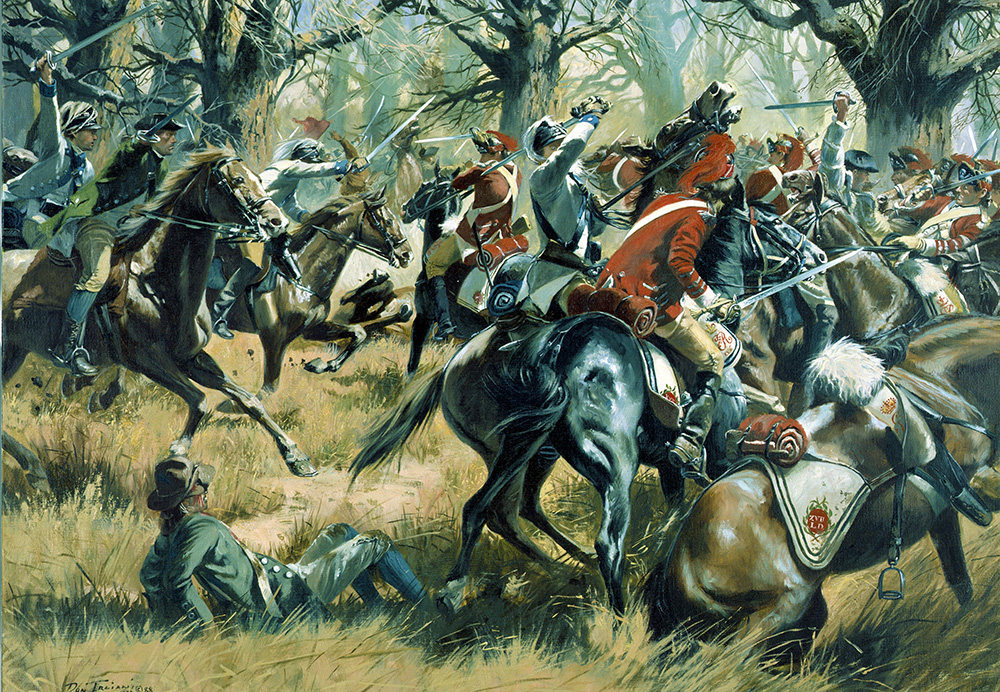
Washington kept up the pressure on the retreating foe by immediately taking up pursuit. The colonel was ahead of his men by about 30 yards when his quarry, in the form of Tarleton and two of his officers, reined in their mounts and turned on the American. The Rebel and British colonels came face to face. Washington’s 14-year-old bugler saved his life by shooting one of the enemy officers as the latter was about to strike Washington down with a sword. An American sergeant major by the name of Perry countered a thrust from the other British officer accompanying Tarleton, who had lunged at the dragoon leader’s head with his cavalry blade.
Tarleton fired his pistol at Washington and both creased the American’s knee and wounded his horse. All this occurred while Washington had been engaged in an on-again, off-again saber fight with Tarleton. With only a broken sword for defense, the American was still able to wound Tarleton in the right hand. The Englishman fled as more Rebels appeared on the scene, leaving his once-vaunted British Legion destroyed in his wake. Tarleton’s maimed hand would be a reminder of the Battle of Cowpens for the rest of his days. As thanks for his part in the battle of Cowpens, the Continental Congress awarded William Washington a silver medal. Executed under the direction of Thomas Jefferson, and designed by the French medallic artists Du Pre and De Vivier, this memento was treasured by William the remainder of his life.
Battle of Guilford Court House: Green vs. Cornwallace
After Cowpens, Washington’s cavalry helped General Greene safely retreat to the Dan River in Virginia, deftly keeping the pursuing British under Lord Cornwallis at bay. Upon Greene’s return to North Carolina, Washington and his cavalry served as the vanguard of the American Southern army.
On March 15, 1781 Greene and Cornwallis again met in combat, this time at the Battle of Guilford Court House. In this sanguinary engagement Colonel Washington’s courage was much in evidence. Seeing an opposing officer surrounded by a large staff, and supposing that officer to be Cornwallis, Washington dashed forward to capture him. This movement thrust him and his command directly at the British Guards Regiment. Then Washington’s hat fell from his head, and he stopped to dismount and retrieve it in mid-charge!
Following closely behind Washington, an American officer leading the Rebel column was hit by enemy fire and lost control of his horse. The animal wheeled and galloped back toward the American lines. The onrushing troopers, thinking that the wounded officer was following Washington’s orders, and not seeing their colonel who was at that time dismounted, turned and retreated. The aborted American cavalry attack not only saved the Guards Regiment from destruction but also saved Cornwallis’s army from defeat.
Washington next fought at Hobkirk’s Hill on April 25, 1781. Attacked by General Rawdon, General Greene ordered Washington to hit the British left flank. Trying to avoid rough terrain that impeded his advance to the enemy’s rear, Washington led his men farther away from the battlefield, and thus the British, than he had anticipated. Wasting too much time gathering booty and prisoners from behind the British lines, Washington never got into the main fight. Foiled in his attempt to outmaneuver his opponent, Greene ordered a retreat, and another opportunity for an American victory was lost. Washington rebuffed the subsequent British cavalry pursuit, but his military reputation was tarnished as a result of his performance at this fight.
The next battle for Washington was Eutaw Springs on September 8, 1781. It was a hardfought affair and almost an American victory. It was also the last major battle in the lower South during the war, and the last for William Washington.
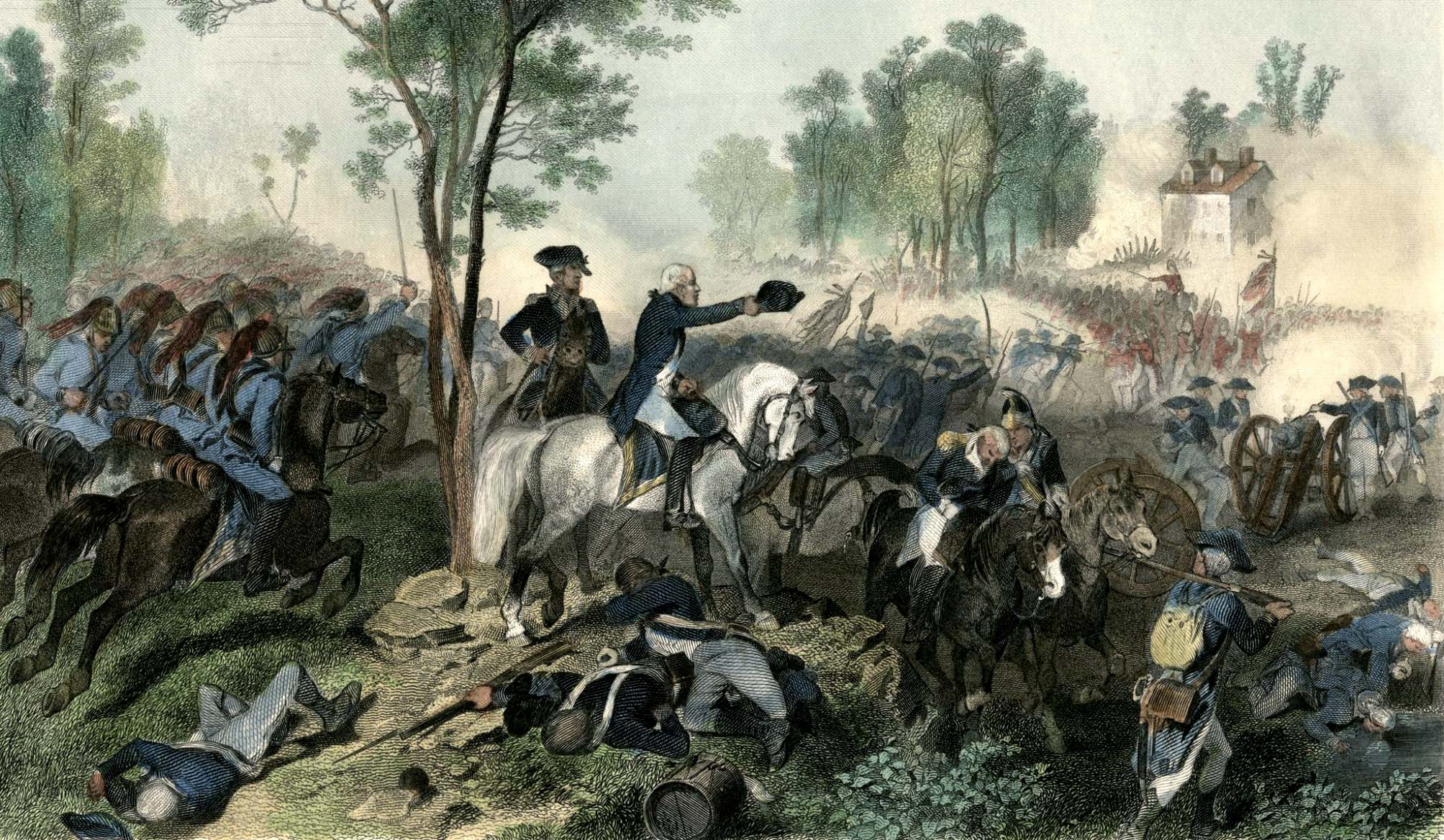
Halfway through the battle General Greene ordered Colonel Washington to charge a portion of the British line situated in a thicket alongside Eutaw Creek. Although the task was obviously a difficult one owing to terrain that formed a natural abatis to any attacking force, especially cavalry, Washington did not hesitate. He “dashed upon the tangled mass of thicket. But neither their [the Americans’] horses’ strong breasts nor the keen edge of flashing sabers could force the passage through.”
The dragoons, with Washington always at their head, made several attempts to break into the British position. But the Redcoat small-arms’ fire simply felled officers, troopers, and horses alike until the American attack petered out. During the last charge Washington was captured and taken prisoner, his horse being shot out from under him. Pinned under his steed, the colonel was bayoneted by an enemy soldier. William Washington would remain in British hands for the rest of the war.
The Fate of the Noble William Washington
But captivity would not be all that bitter for the colonel. Held in the Charleston area, Colonel Washington now had the time to seriously ponder a subject on his mind since he first arrived in South Carolina in late 1779. From that date he had known, and increasingly fallen in love with, Miss Jane Elliett of Sandy Hill, SC. As a hint of her growing affection for him, she had made and presented to Washington’s regiment a battle flag which his troopers carried into combat from Cowpens to Eutaw Springs. The two married in 1782.
After the Revolutionary War ended William Washington and his new bride settled near Charleston, SC. He took up farming and raising thoroughbred horses. He became a state legislator, but refused to run for the governorship of the state because he, in his words, “was not a Carolinian.”
The naval war with France in 1798 saw George Washington appointed by the Adams administration as commander of the American army. Soon after this appointment the older Washington offered William a position on his military staff and a brigadier generalship to go with it. The younger Washington accepted with the usual modesty he had exhibited all his life. He served as an army general officer until June 15, 1800, primarily concerned with the defenses of South Carolina and Georgia. William Washington died on March 6, 1810, age 58, and was buried at Live Oak, a plantation near Sandy Hill. He was survived by his wife, a son, and a daughter.
Brave, always eager to come to grips with the enemy, firm in command, and kindhearted toward his men, William Washington was one of the premier cavalry commanders on either side in the War of Independence. His skill and daring on the battlefield did much to inspire and instill those under him with the confidence to continue the hard and difficult fight for their country’s freedom.
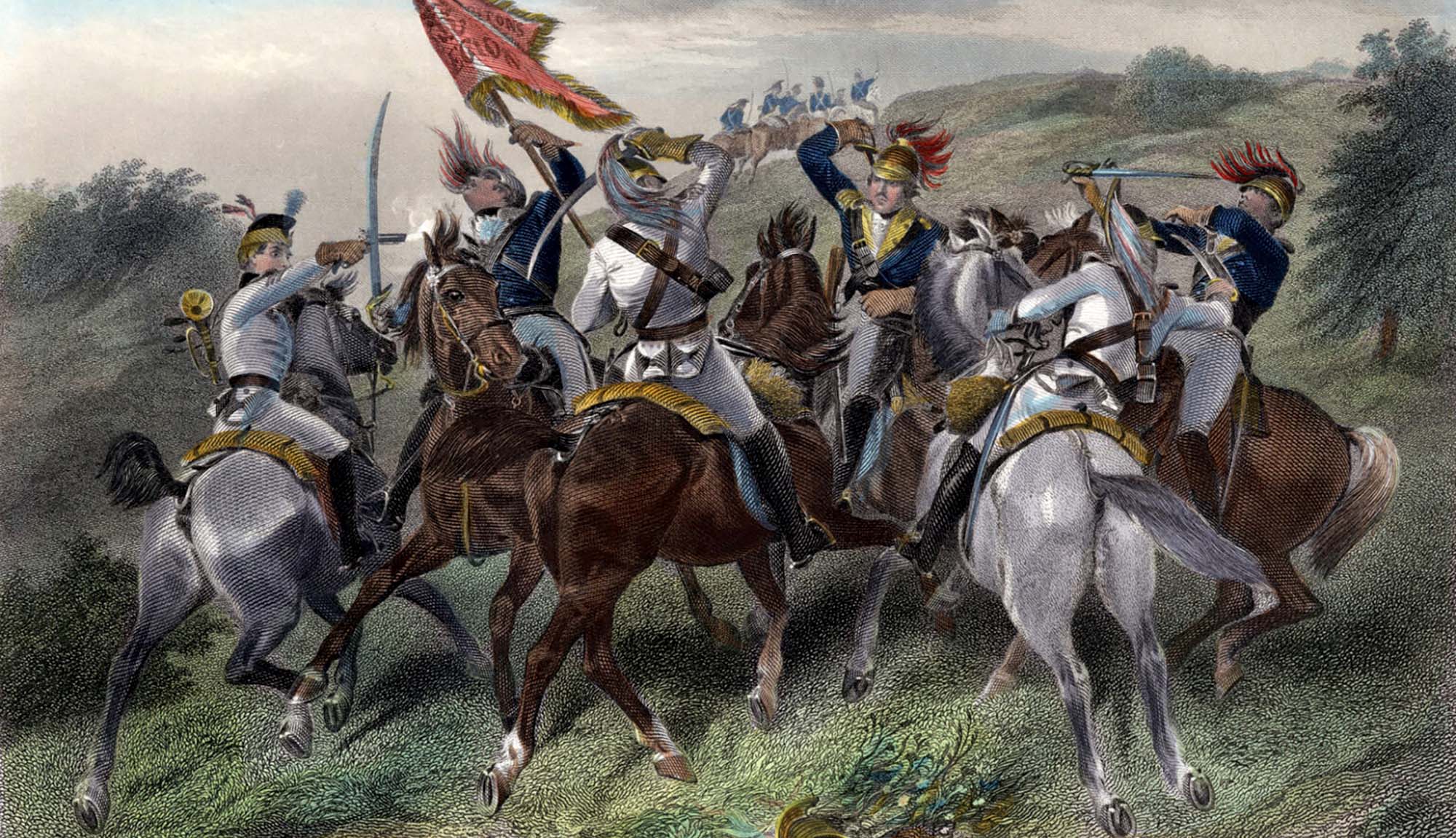
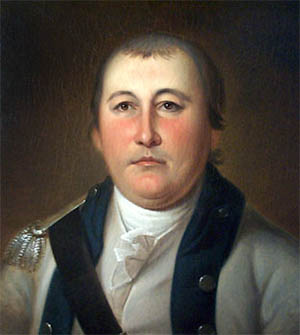
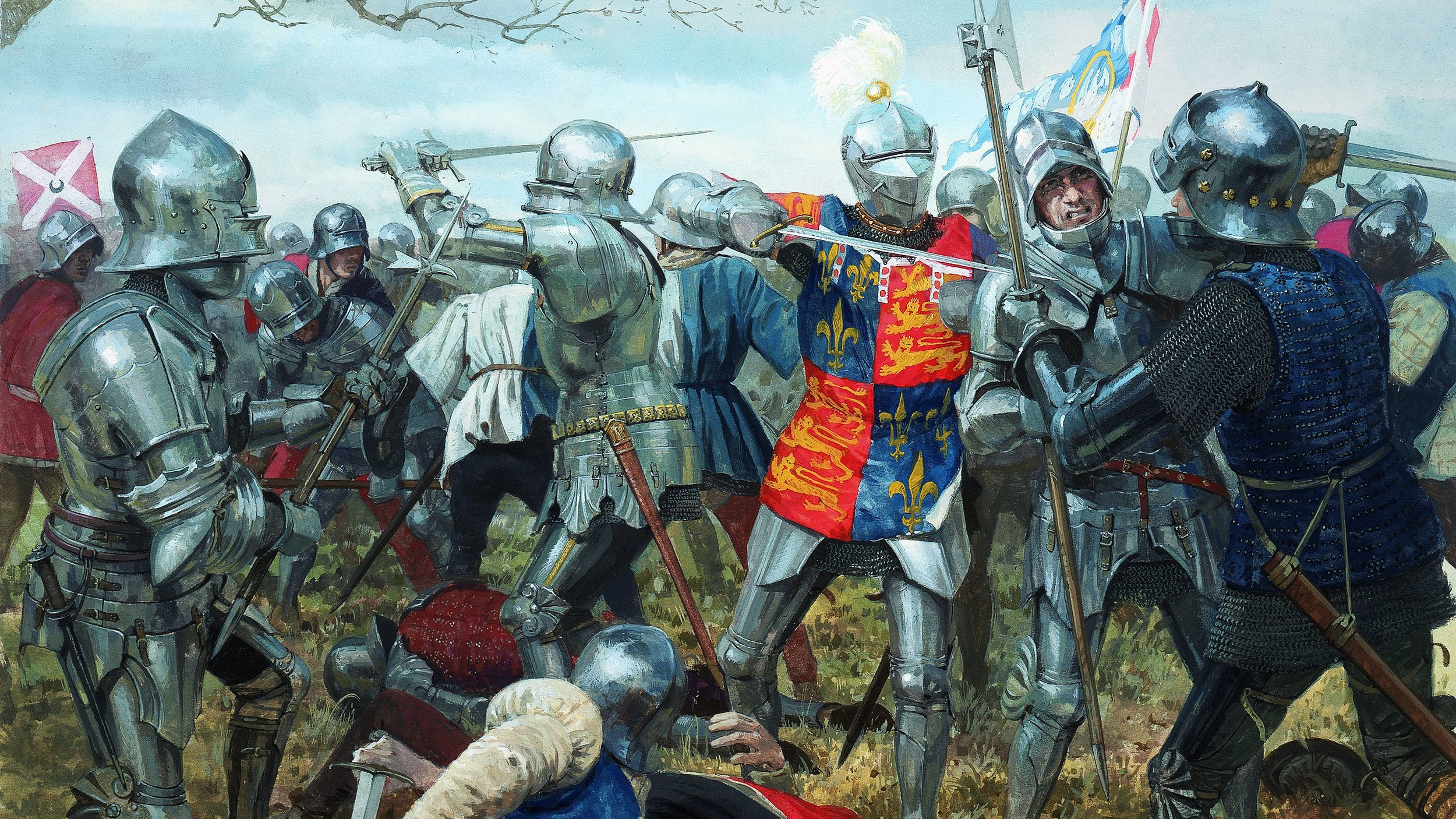
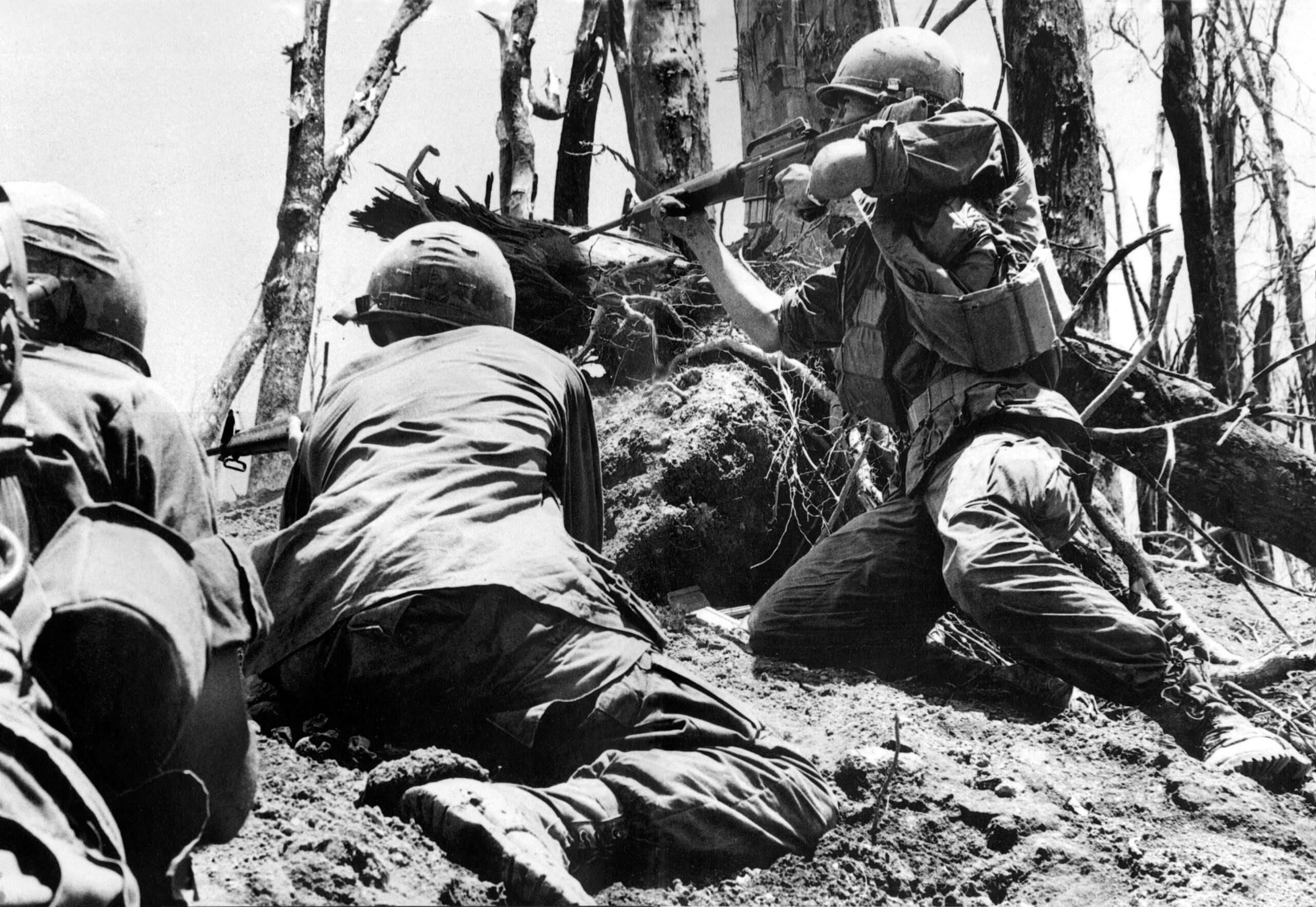
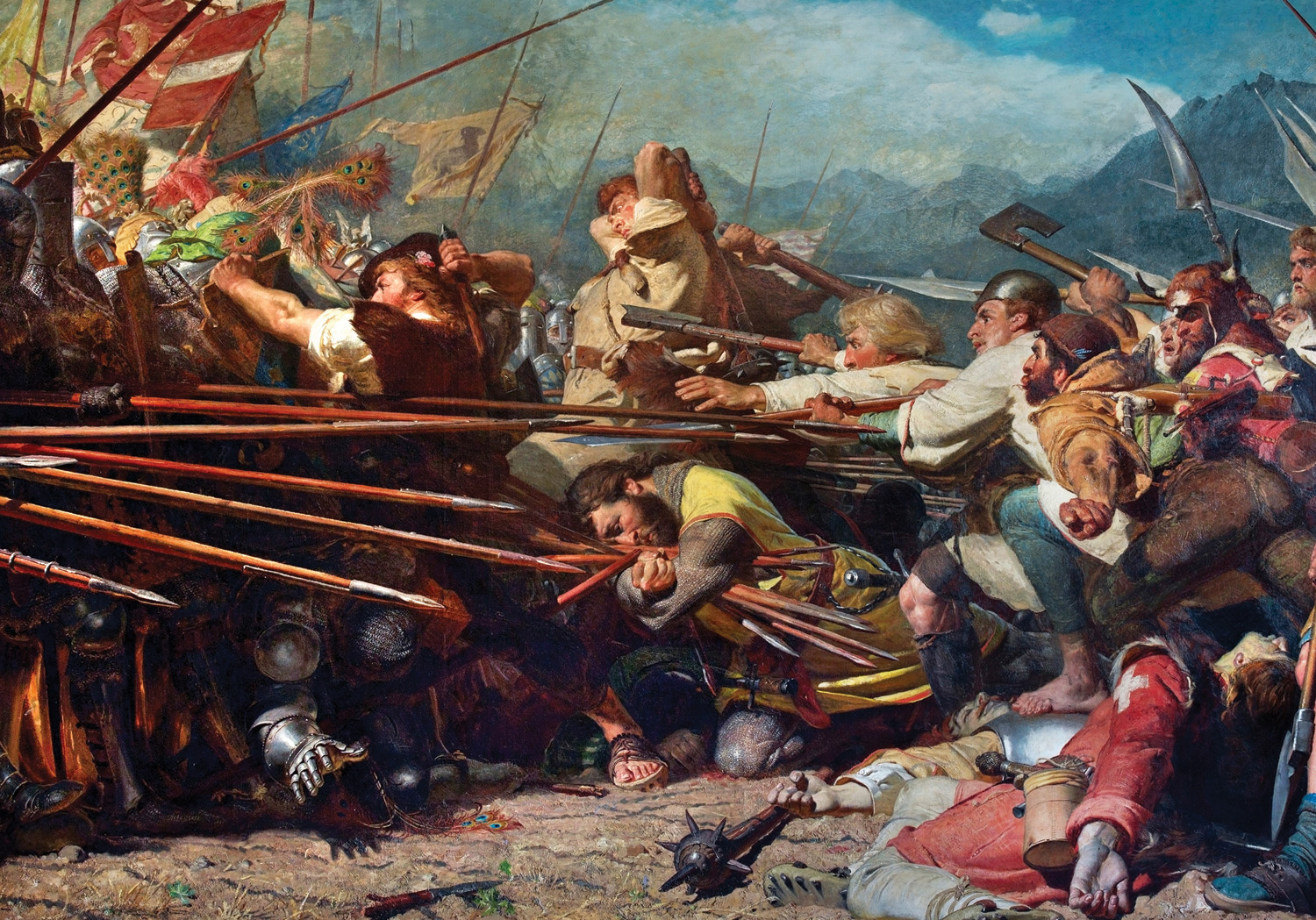
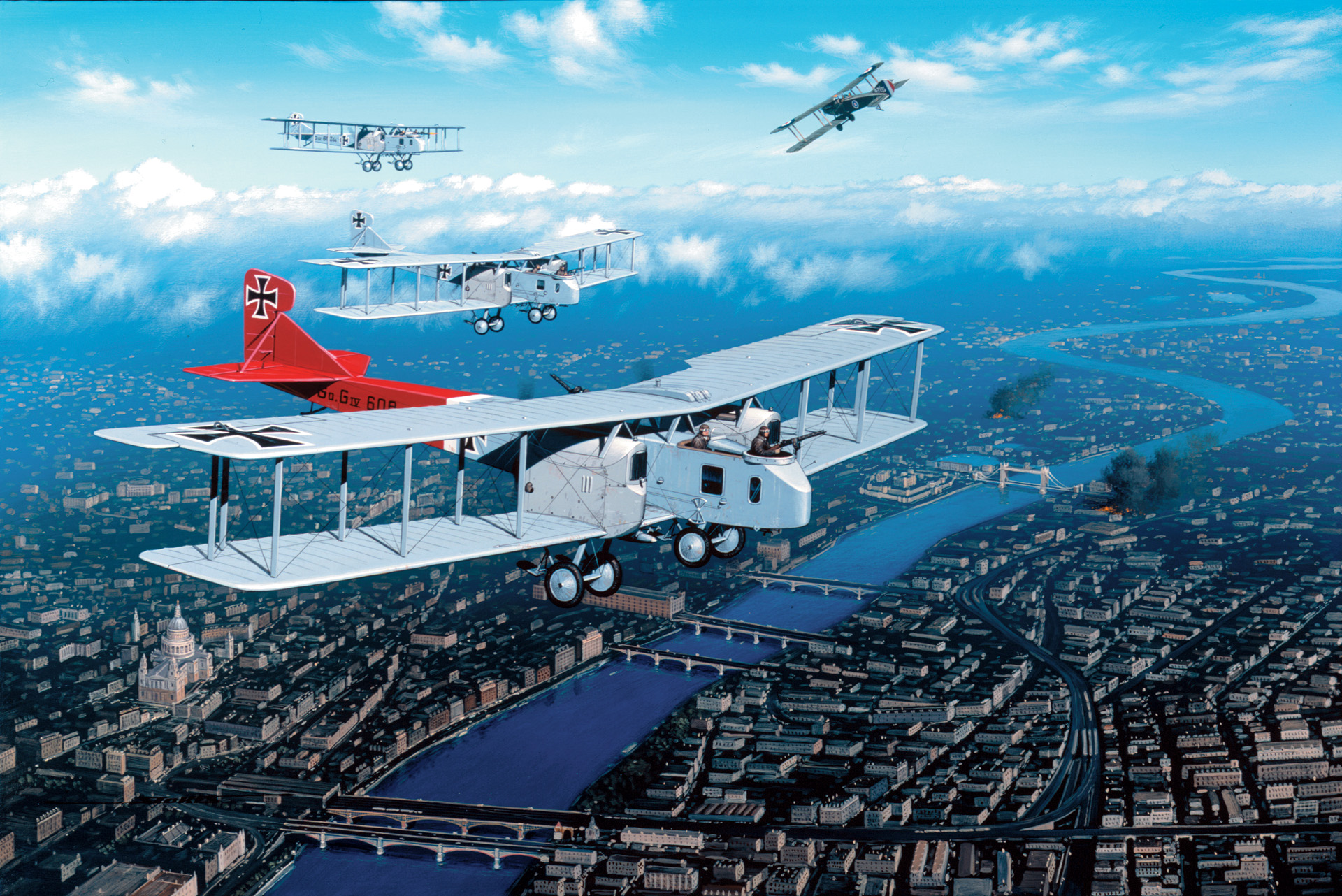
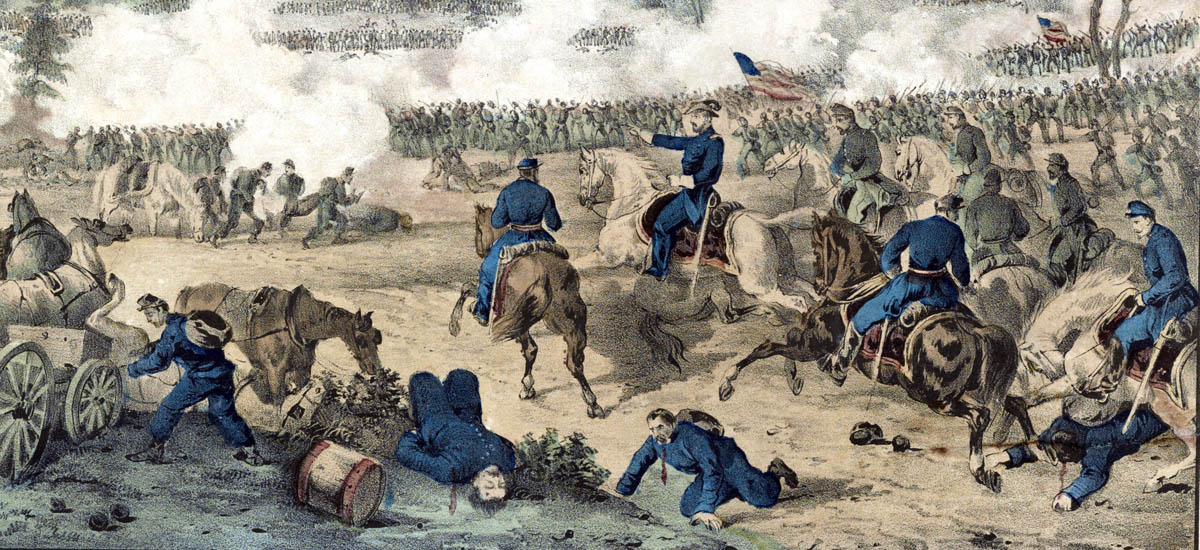
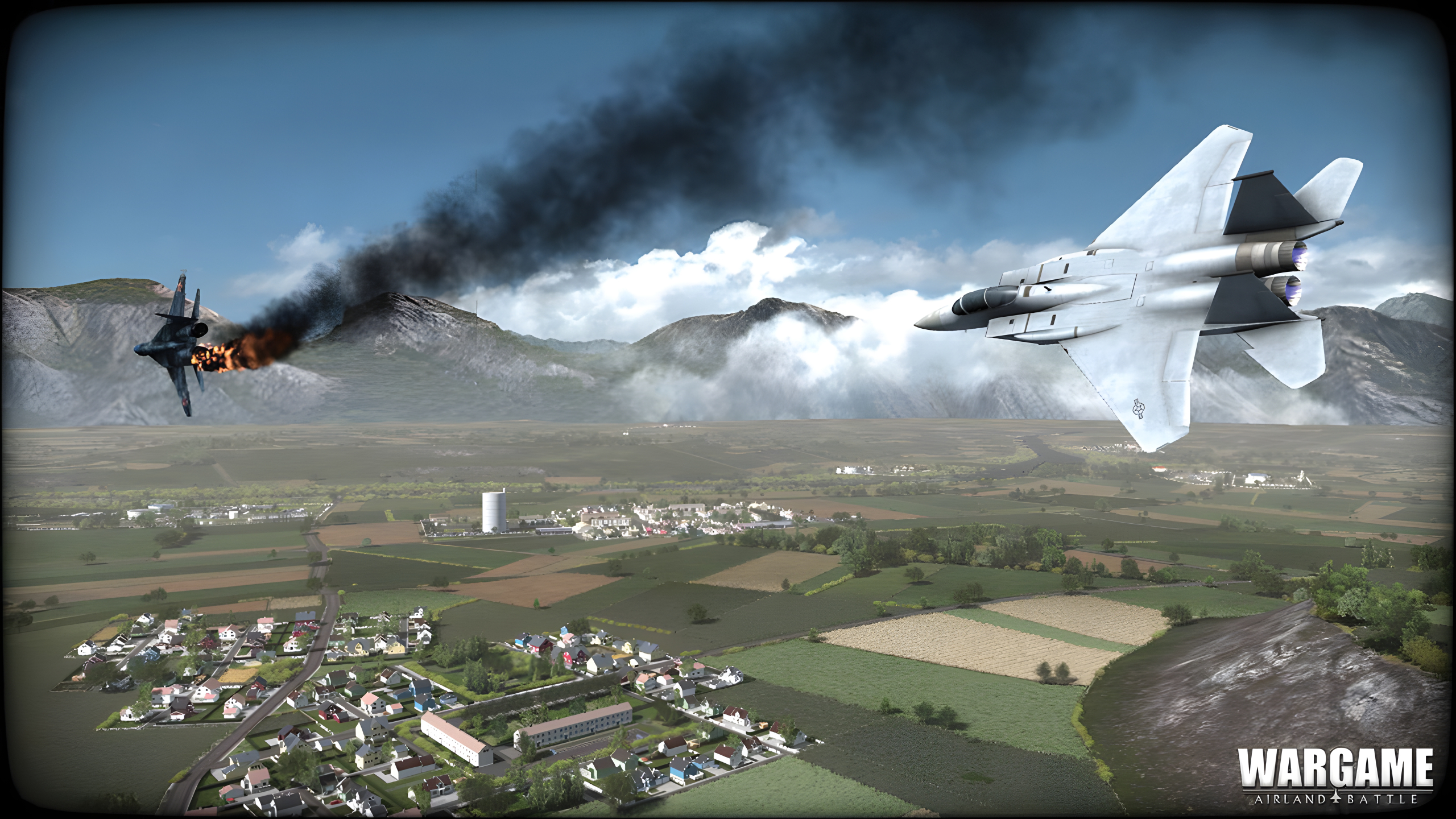
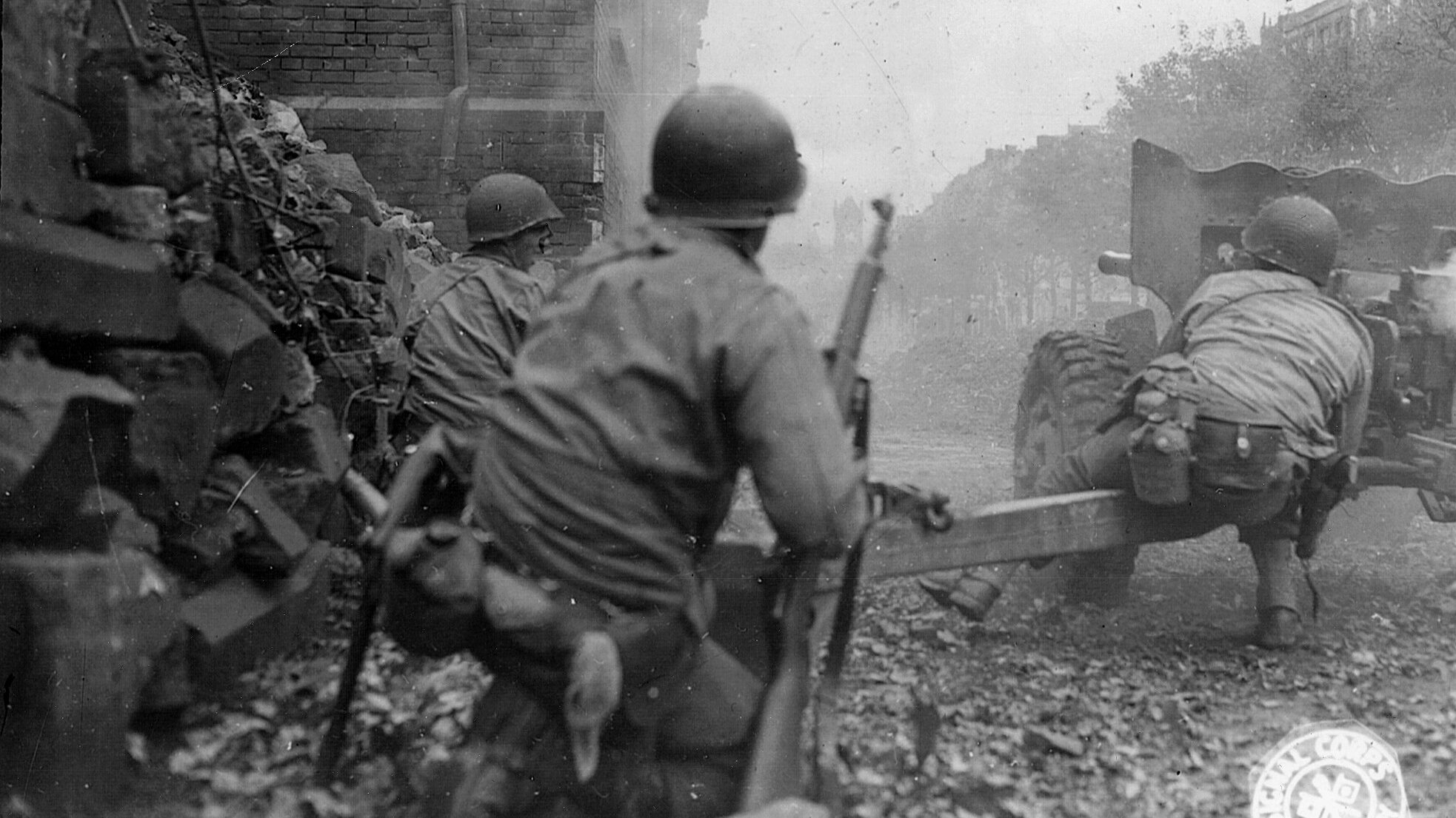
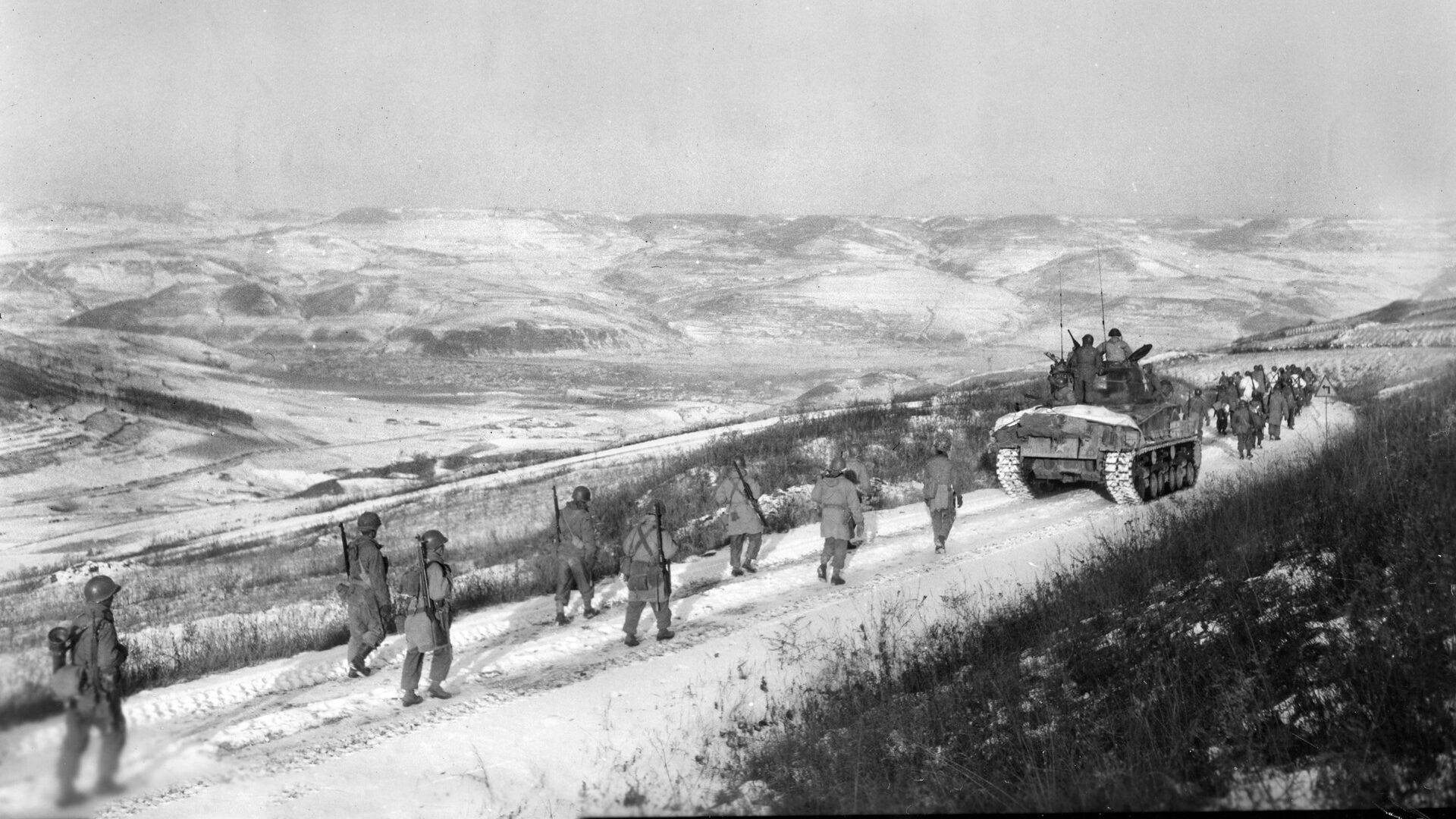
Join The Conversation
Comments
View All Comments